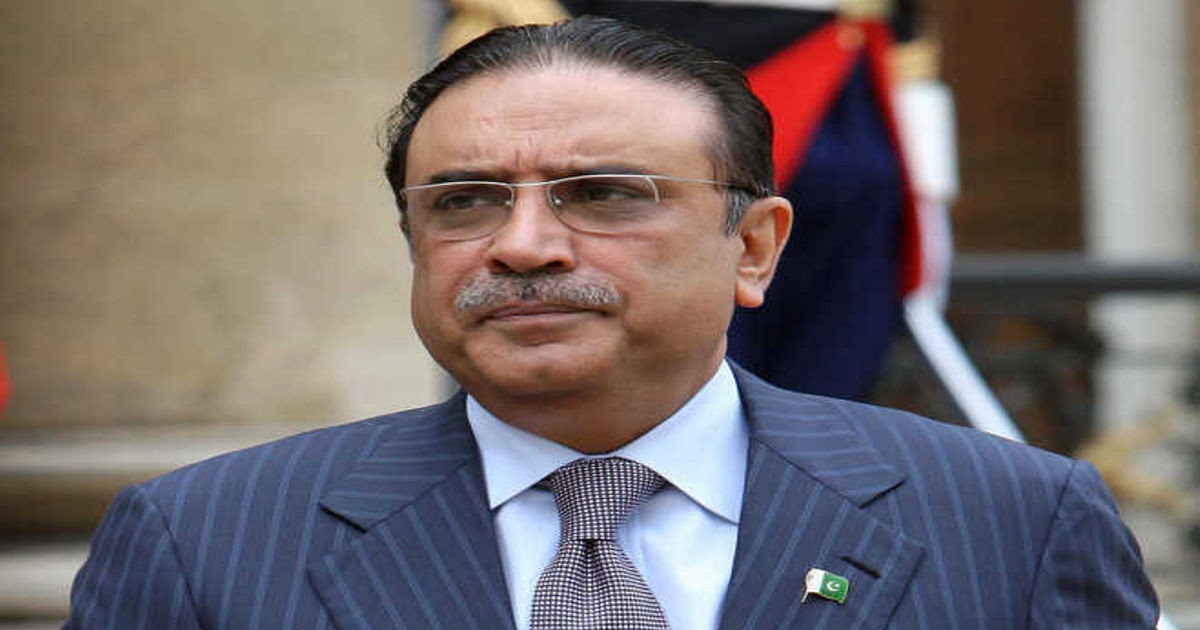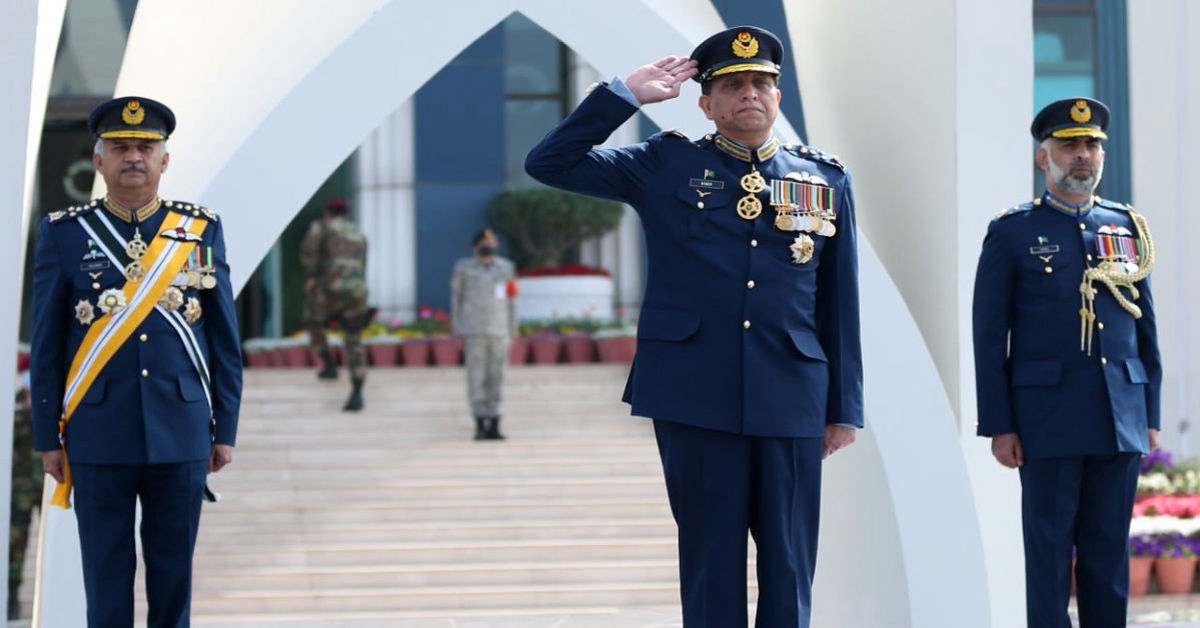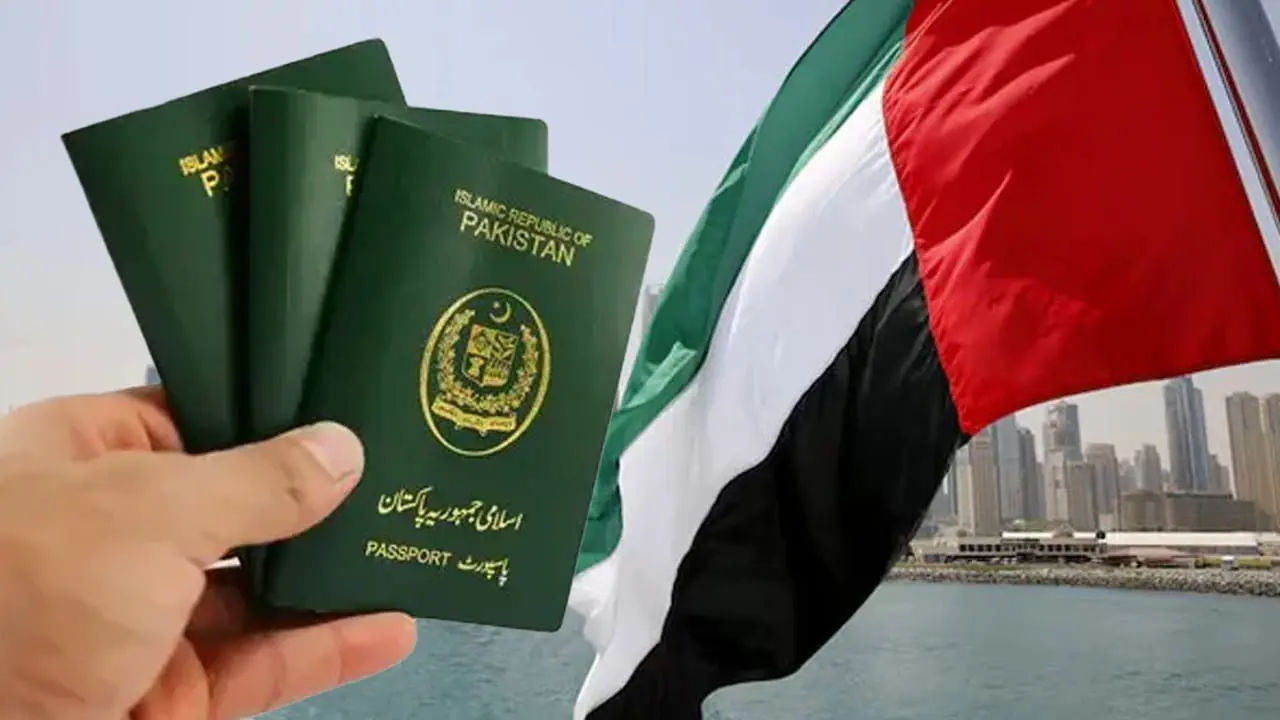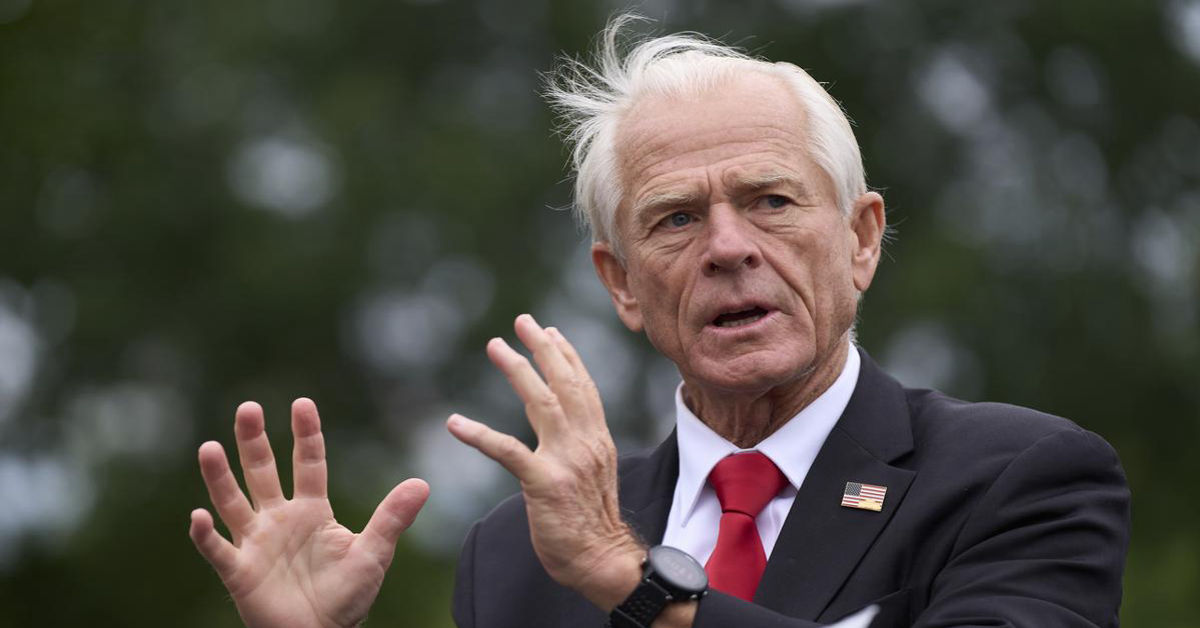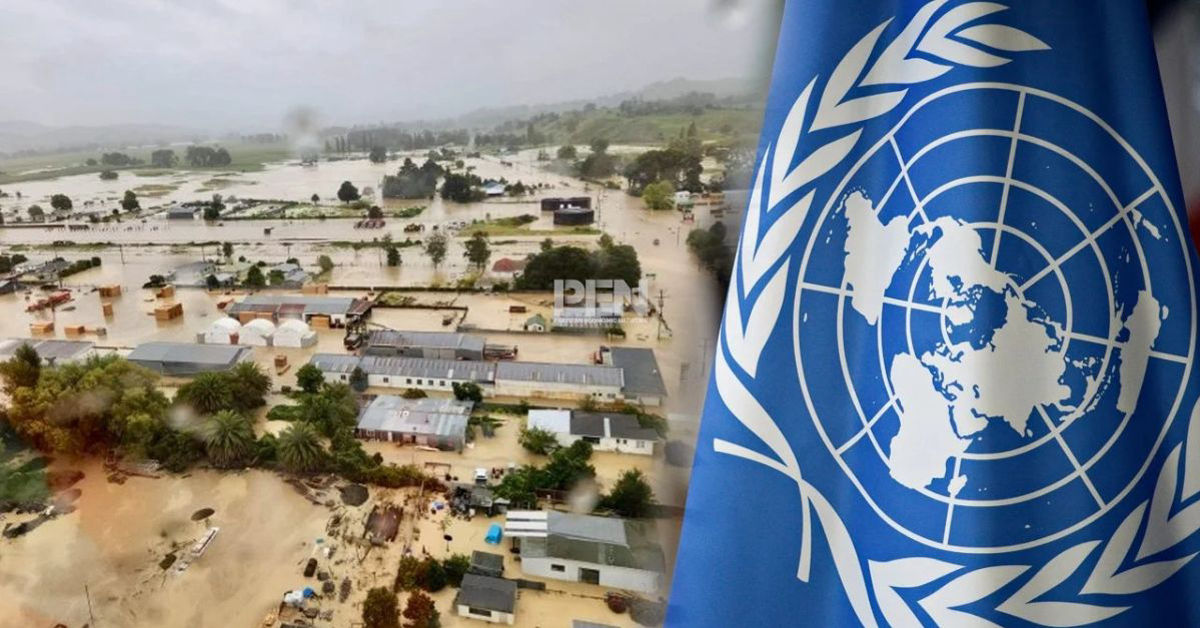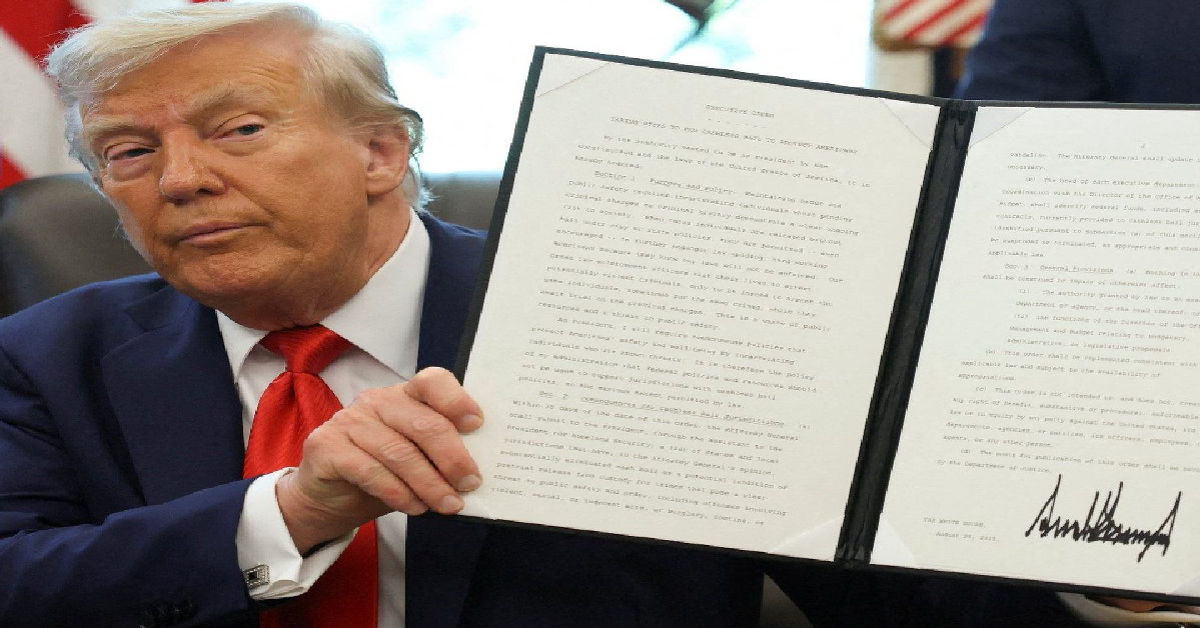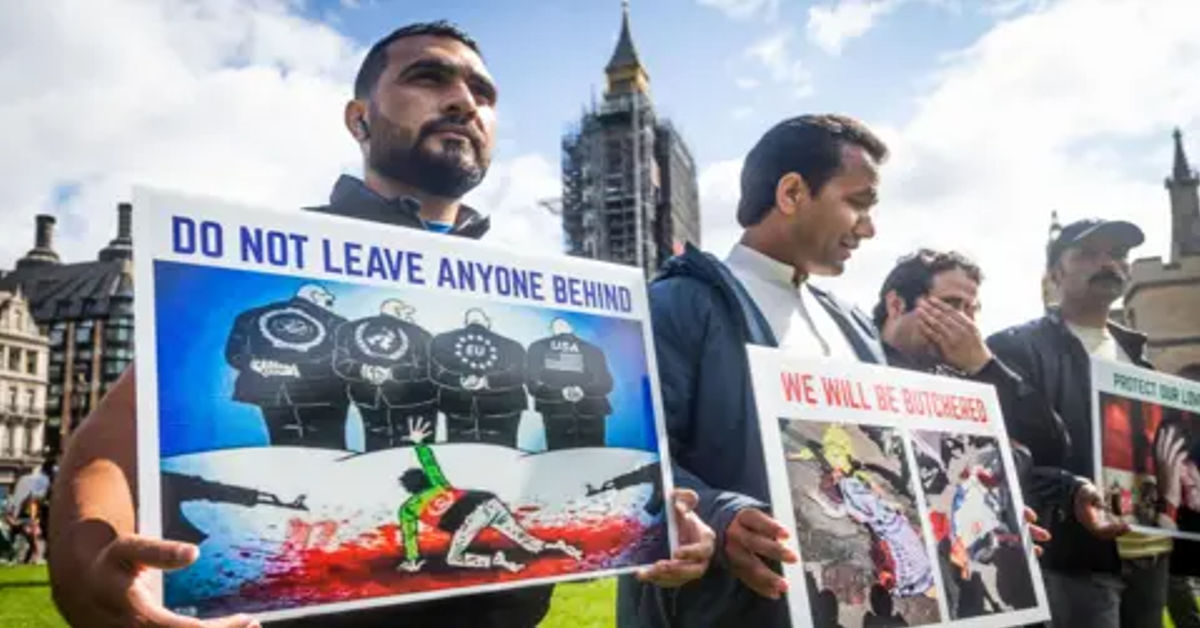
Washington, D.C. — July 12, 2025
The U.S. State Department layoffs begin this week, marking a significant downsizing effort as part of a broader government realignment focused on fiscal restraint and foreign policy recalibration. The move is expected to impact over 500 employees across various divisions, including diplomatic support, administrative operations, and regional policy units.
This round of layoffs, confirmed by multiple department insiders on Friday, follows months of speculation tied to budget cuts approved earlier this year by Congress. According to internal memos reviewed by OnRecord, the layoffs will occur in phases over the next two months, with priority given to voluntary separation agreements before forced terminations.
Foreign Policy Strategy in Focus
Senior officials argue the restructuring is aimed at “streamlining foreign engagement priorities,” especially as the administration navigates ongoing tensions in the Middle East, shifts in global trade alliances, and increasing cyber threats. The Department’s strategic pivot comes amid a wave of high-stakes diplomatic negotiations — including regional truce efforts.
For instance, in the broader geopolitical context, Egypt and Qatar have recently collaborated to broker a 60-day truce, raising hopes for a long-term ceasefire in a region long marred by instability. Analysts suggest such developments could influence the Department’s resource allocation and staffing priorities.
Union Response and Employee Backlash
The American Foreign Service Association (AFSA) expressed “deep concern” over the decision, calling it “a shortsighted approach that could undermine U.S. diplomatic readiness.” In a statement, AFSA urged Congress to reevaluate the budget cuts, emphasizing that staffing reductions could hamper America’s ability to respond swiftly to international crises.
“This is not just about jobs — it’s about America’s voice abroad,” said AFSA President Laura Franklin.
Broader Governmental Trends
Observers note the State Department layoffs are part of a wider trend across federal agencies as fiscal conservatives push for reduced government spending. At the same time, the private sector — including political figures — continues to embrace innovation and economic nationalism.
In a related development, former President Donald Trump recently launched the Trump Mobile Gold T1 device, signaling a further push into the tech and communications space ahead of the 2026 midterm elections. The overlap between private innovation and federal austerity has sparked renewed debate over governmental priorities and public service investments.
What Happens Next
With the State Department layoffs officially underway, affected employees are expected to receive detailed transition support, including severance packages, reemployment resources, and internal transfer options where possible. Congressional hearings on the broader impact of these cuts are scheduled for later this month.
Experts warn that reduced staffing could delay key diplomatic initiatives and limit the U.S.’s agility in responding to global events — a potentially costly gamble at a time of rapidly shifting alliances and heightened geopolitical competition.
FAQs
1. Why did the State Department layoffs begin?
The layoffs began as a result of congressional budget cuts and internal restructuring within the State Department. Officials have cited the need to reduce costs and improve efficiency. It’s part of a broader effort to reprioritize U.S. diplomatic strategies in light of current global challenges.
2. How many employees are expected to be laid off?
More than 500 employees are projected to lose their jobs during this downsizing initiative. The cuts will be carried out in phases, beginning with voluntary separations. Departments with overlapping or non-critical functions are expected to see the most reductions.
3. Which departments within the State Department are being affected?
The most affected areas include administrative support, regional affairs desks, and logistics teams. Diplomatic staff in high-priority foreign service posts may be less affected. The restructuring focuses on consolidating non-essential operations to streamline overall performance.
4. Will employees receive any assistance after being laid off?
Yes, laid-off employees are expected to receive severance packages and career transition support. The government plans to offer resume workshops, counseling services, and possible relocation assistance. These steps aim to ease the burden during the transition period.
5. Are these layoffs permanent or temporary?
The layoffs are considered permanent, as they are tied to long-term structural changes in the department. However, should funding increase or policies shift in the future, affected roles could potentially be reintroduced. There is no current plan for rehiring laid-off staff.
6. How have unions reacted to the layoffs?
Unions such as the American Foreign Service Association have strongly opposed the layoffs. They argue that cutting diplomatic staff weakens U.S. influence and international engagement. The union is urging Congress to reconsider the budget cuts affecting foreign policy operations.
7. Will this impact the United States’ diplomatic missions abroad?
Yes, reduced staffing may strain consular services and response times in U.S. embassies and consulates. Some lower-priority missions could see a reduction in activities. The department will prioritize key strategic regions to ensure essential functions continue uninterrupted.
8. Could this lead to delays in visa processing and consular services?
It is likely that staffing shortages will lead to longer processing times for visas and other services. With fewer personnel, embassies may face challenges in managing day-to-day workloads efficiently. This could particularly impact high-demand posts.
9. Is there any political motivation behind the layoffs?
While the layoffs are officially attributed to budgetary constraints, some critics argue that political ideologies may also play a role. Streamlining the State Department has been a priority for some conservative lawmakers who seek a leaner federal government.
10. Are other government agencies also facing layoffs?
Yes, several federal agencies are under pressure to reduce their workforce due to similar budget constraints. While not all are laying off staff at the same scale, the trend reflects a wider government shift toward austerity and departmental realignment.
11. What does this mean for the future of U.S. diplomacy?
Many experts warn that the layoffs could weaken America’s global diplomatic presence. Reduced staff means less capacity to engage in crisis response, treaty negotiations, and multilateral diplomacy. Long-term, it may impact America’s ability to lead on the world stage.
12. Can Congress reverse or prevent these layoffs?
Technically, Congress can intervene by reallocating funds or passing emergency legislation. However, there’s no indication that such a reversal is currently in motion. Lawmakers remain divided on whether the cuts are necessary or damaging to U.S. interests.



